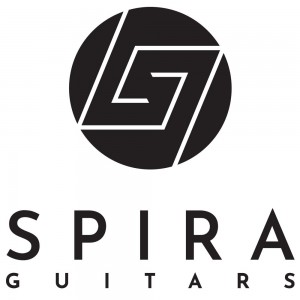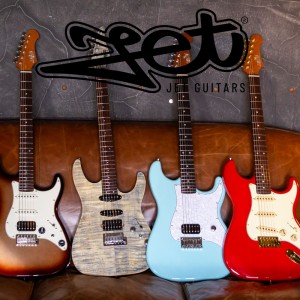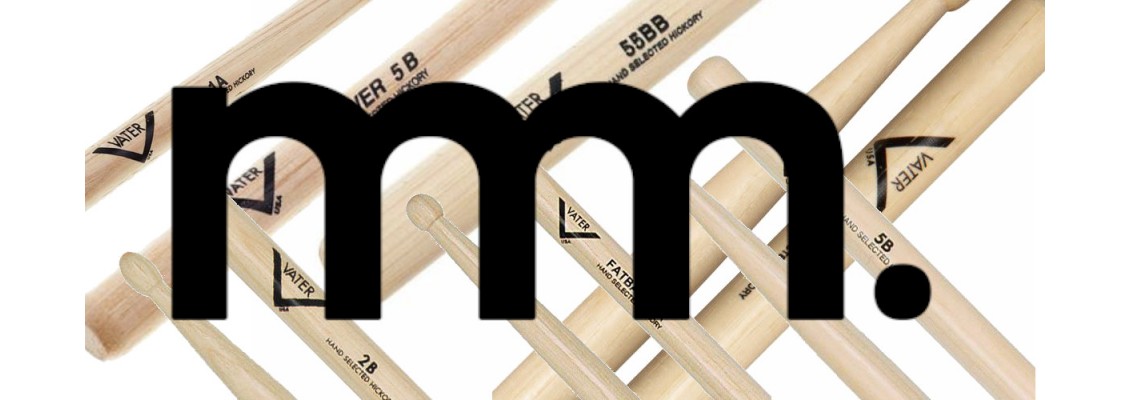
A Meditation Upon Drumstick Differences
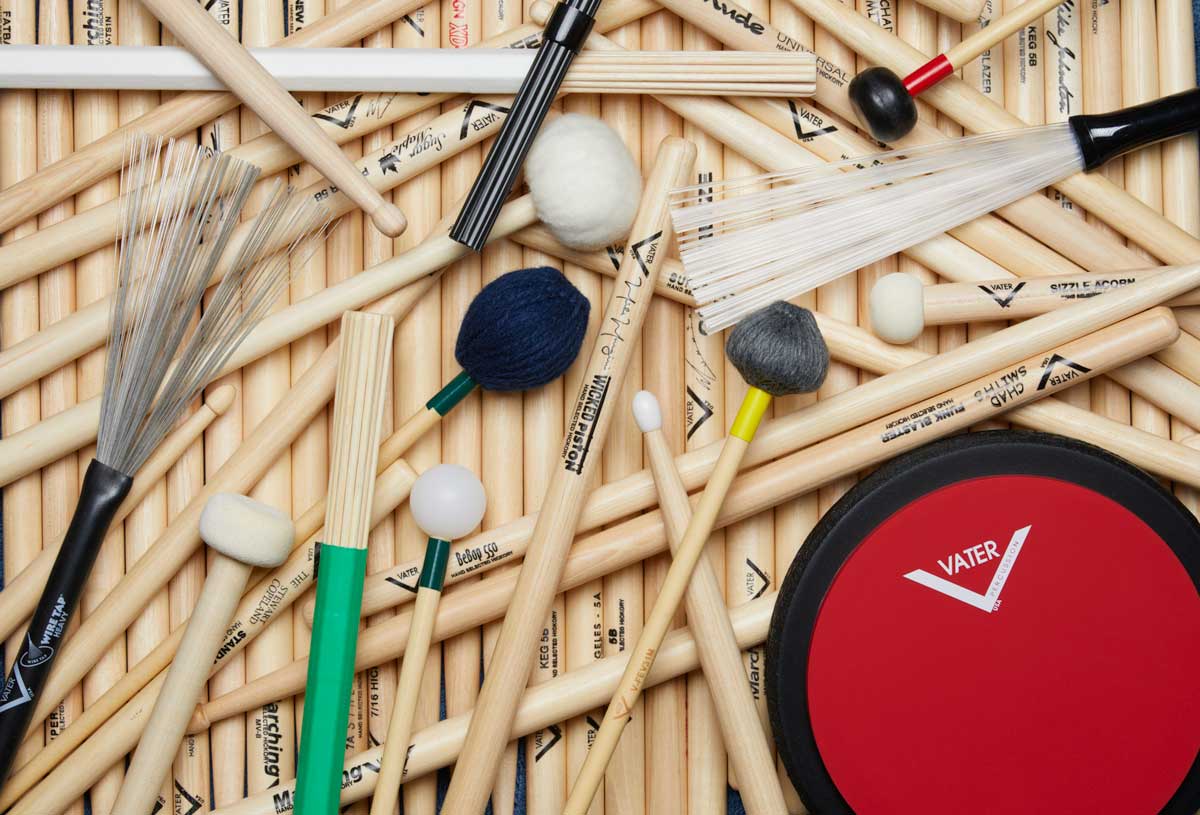
The choices are Legion, so let's have a look at what's on offer.
Sticks eh?
You never imagined, before this wonderful adventure, that two lengths of wood, lathed, balanced and matched, would (wood, hee..) become so important.
They are the extension of yourself, the means with which you transfer your ideas into actual music. No small thing. So it’s good to find out what works for you. And herein is the crux of a problem that sometimes baffles and betrays. What do I need? What do I want? Like a microcosm to the macrocosm of life these considerations require your undivided attention. Sometimes. Other times, you know, sticks. But let’s have a little look, and see if we can’t make this easier for everyone.
Although, I say that, and while I might have opinions (I do, yes) the correct sticks for you are a very subjective and personal affair. You need to test. But maybe we’ll make the testing easier?
It remains to be seen.
So to opinions.
Let's start at the beginning. First, Yahweh created the Earth and….I’m joking. We all know it’s turtles all the way down.
Anyway......pardon me.........
The most basic, the most medium of sticks, the industry standard is of course, the humble 5A. It’s not too long, it’s medium weight, it’s got manners. This is a great place to start looking and testing. Play with them for a while, spend a bit of time on the practice pad, explore the space, maybe try some interpretive dance if you feel like it. This is your time.
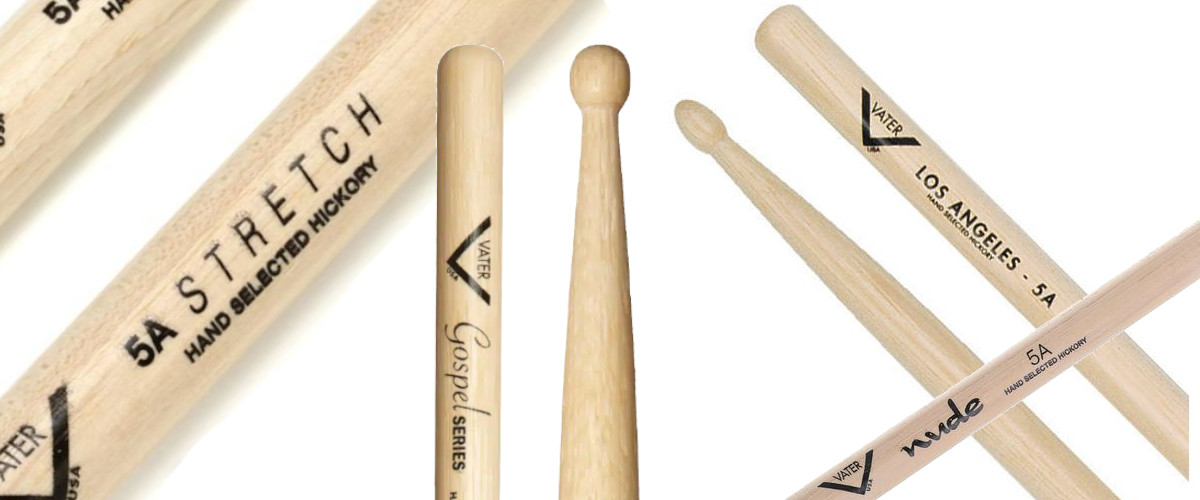
There are many shades of the humble 5A.
At this point, don’t concern yourself too much with the brand. Vic Firth, Vater, Pro Mark…..they’re all good in their own way.
Are they a little too heavy? Do they feel slightly unwieldy? Never fear! Maybe downsize in steps and see what works best. The next size down is the 85A, a moderate and considered stick. Still too much? How about taking it back to the 8A/D? Slightly lighter again but possessing a certain, assertiveness. I think, maybe, we need to take it down further. Lighter still you will find the 7A, the second model generally considered, quite standard. It’s the 5A’s skinny cousin.
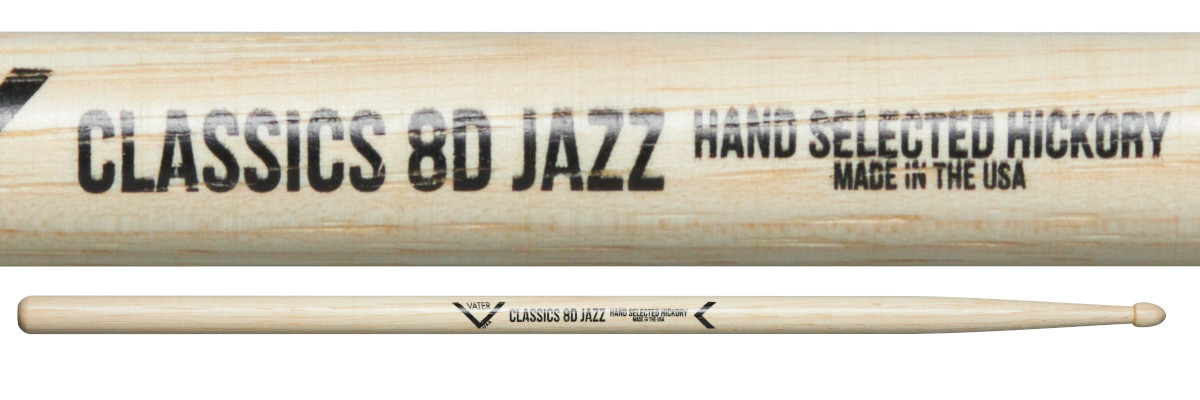
It's comfortable.....unassuming.
It’s worth pointing out here, I think, that smaller sticks do not necessarily faster playing make. A lot of beginning drummers tend to believe that lighter sticks will allow them to rip around the kit at warp speed. Not so. Technique will allow you to do that. Trying to play blast beats at 320bpm with 7A’s will most likely result in many, many broken sticks. Same with trying to get fat rock sounds from your drums. Smaller sticks are often better for lower volumes and yes, in the right hands can produce blistering chops but are not, essentially, in and of themselves, any faster. Have a look at the signature sticks of artists like Danny Carey, Gavin Harrison, Benny Greb and Tony Williams for evidence.
So where were we? Ah yes, the 7A. Relaxed, comfortable. Like a super meaty chopstick. There are lighter sticks still, generally jazz models but that very much depends on your playing style and the amount of volume required from the drums. Lighter sticks won’t be able to produce the heft, as mentioned above. Check out the American Jazz series from Vic Firth or Vater’s BeBop range for some excellent examples of these lighter models.
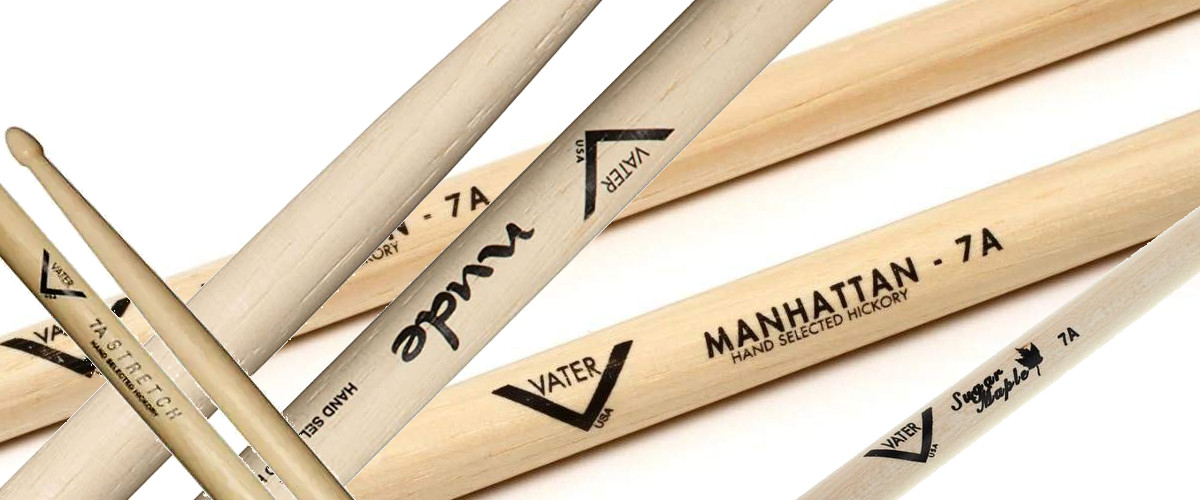
Many and varied. Something for everyone some might say.
I’m gonna use this as an opportunity for an aside on the various woods used for the construction of drumsticks. There are three main woods used, Maple, Hickory and Oak. Maple is the lightest and softest of the three. It makes for sticks that are overall much lighter so, super light 7A’s, or you can have quite fat sticks without the inherent weight, such as maple 5B’s. It also produces a very mellow cymbal sound. However, it is structurally less dense and won’t survive much of a pounding. Hickory on the other hand is the most common wood used in the most sticks. Solid and dependable, while not being too heavy, 85% (I made that statistic up but you get the idea) of the sticks you encounter will be made from Hickory. It’s great, and we all love it for a reason. Finally there is Oak, which is generally better for the more vigorous among us. Oak is heavier and more solid and will survive a fairly tremendous amount of abuse usually. As I said though, there is the added weight ratio and, due to its density, it will produce a brighter sound on your cymbals, accordingly.
Can I do an aside within an aside? I don’t see why not. I’m writing this....
Let’s talk tips then. Hee. No seriously, this is important. There are the two main differences in tip materials, Nylon and Wood. Wood tips are the natural conclusion of a drumstick and will produce similarly natural sounds on your cymbals. They come in a variety of shapes, ball, acorn, barrel etc., each of which will produce subtle shades of sounds within your cymbal playing. These differences can be small in feel and sound, but they will become more important, the more you play. Nylon tips are a hard plastic bead in place of the wooden tip and will produce a very bright sound with lots of attack on your cymbals. They also won’t chip like wood tips but they can fly off at unfortunate moments. Test them all and choose your favourites, stock your stick bag and be happy.
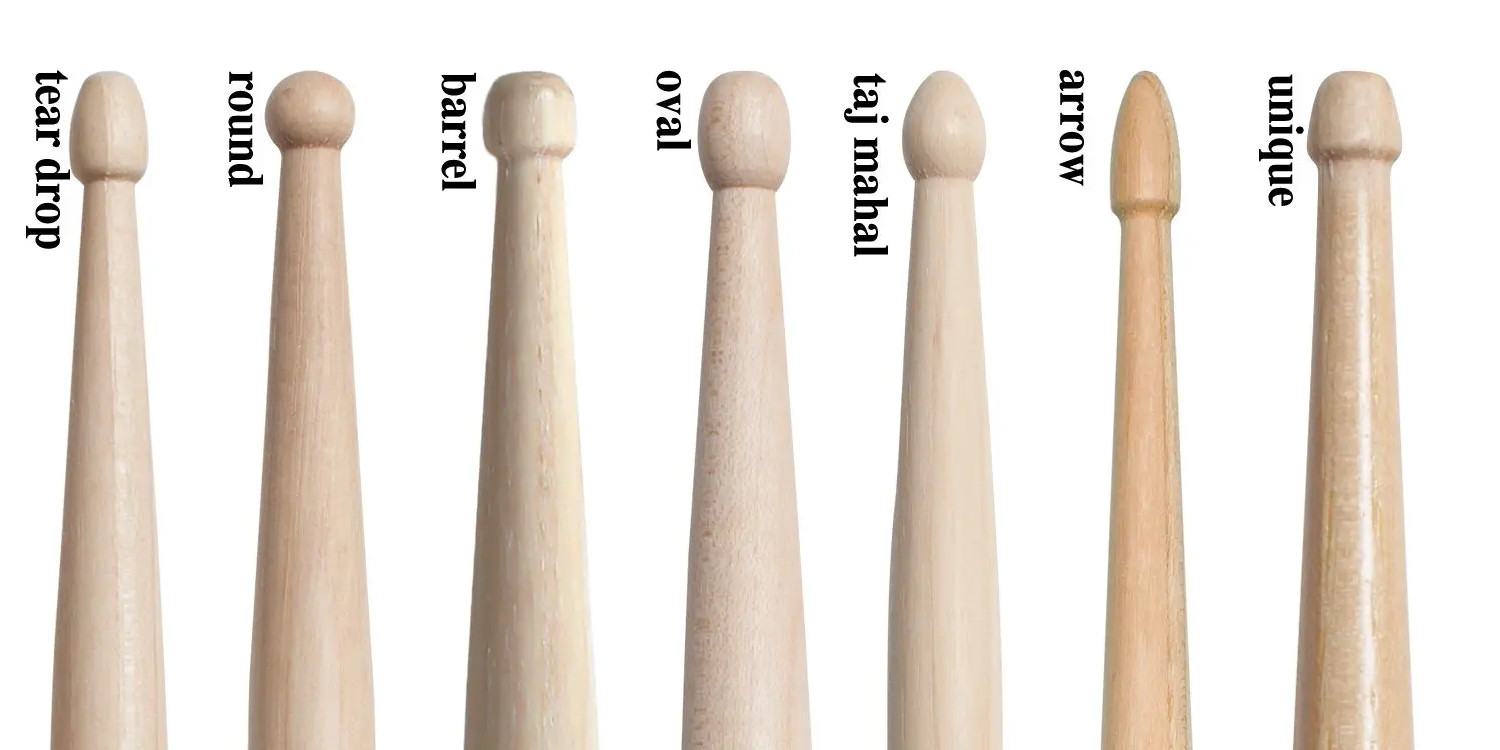
Some of the many ways to achieve interesting cymbal sounds
So, we’ve had a look at the lighter end of the spectrum, let’s gain some weight. Just above the 5A (available in Maple, Hickory and Oak) is the 55A, a fine stick with a bit more to say. (The 3A sits in here somewhere, but no one is really sure where.) Then, the third and not quite final of the Industry Standards is the 5B. A slightly heavier stick but with a lot of the agility of its younger brother. Great for fat rock sounds and meaty backbeats. You're enjoying the weight but you want a little more reach cause your rototoms are in a slightly awkward spot? How about the 5A/B Extreme series or the 55AA/55BB. The same balance and beef with a touch more length.
It’s time to get girthy. The final installment in the Industry standards, is the mighty 2B. For some of us, this feels a little like playing drums with broom handles but for others, it’s the sweet spot. (check the aforementioned Tony Williams) It’s a big stick with quite a bit of weight and should withstand some truly fervent abuse. At this end of the spectrum there are also the Rock models, which, presumably, are designed with that in mind. Big, beefy sounds ahoy. I think there’s a 1A around here somewhere also but that kind of occupies a similar space to the 3A.
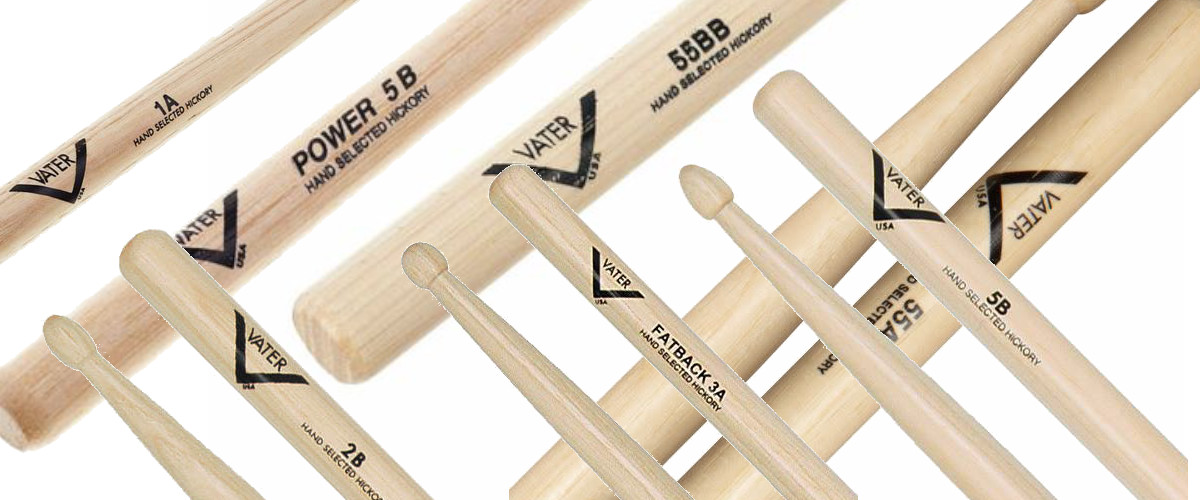
My examples may be Vater heavy, but that's because they're pretty great.
This is only the tip (hee) of the iceberg as sometimes it seems sticks are as varied as snowflakes. There are Fusion models (presumably for playing lots of cymbals in 13/16), New Orleans Jazz models for grooving, Hitmakers for, um, making hits? (Bit presumptuous that one). Studio models, Swingers, Slammers, Drivers, the list goes on. And then! There’s the myriad magic that are the signature model sticks. Steve Gadds classic black number, Questlove’s curiously lengthy chopstick and Benny Greb’s tricked out 5B.
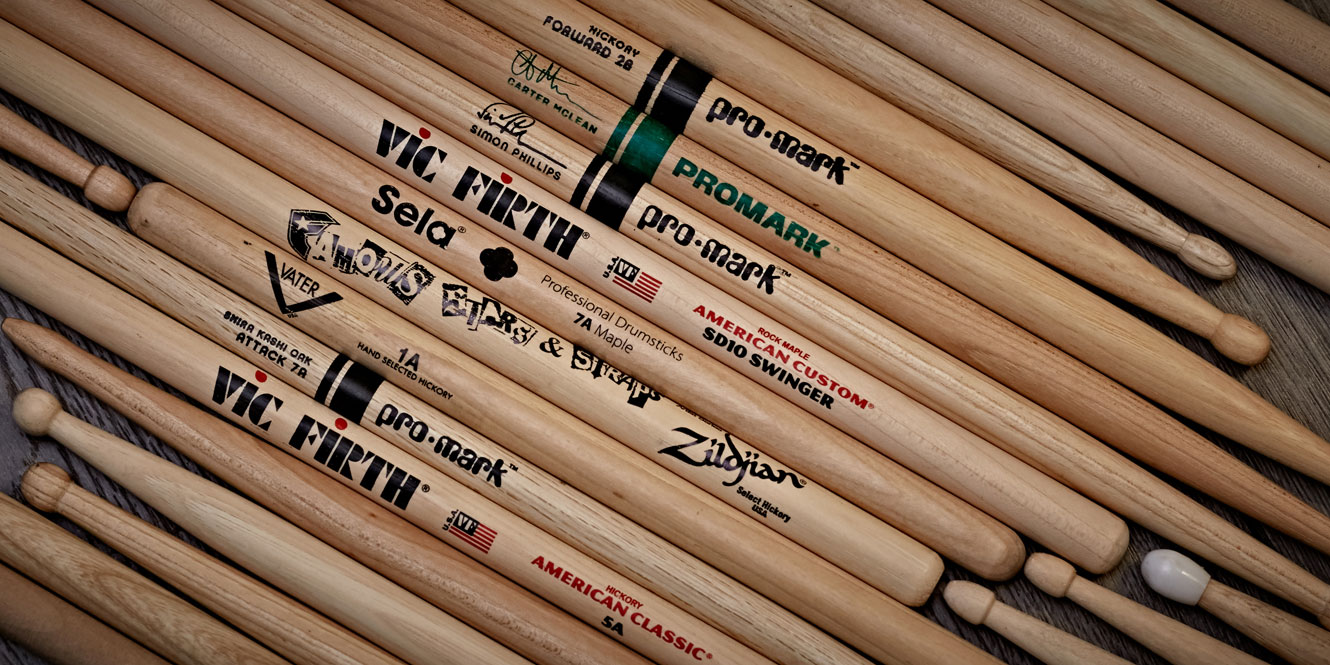
There’s only one thing to do; try them. Try as many as you can in as many different situations. One thing may work for you for everything. Huzzah. Sometimes though, you just need to fill your stick bag with as many comfortable models as you can and then choose accordingly. Sometimes your mood and preferences will simply change, and the journey goes on.
Enjoy it.

